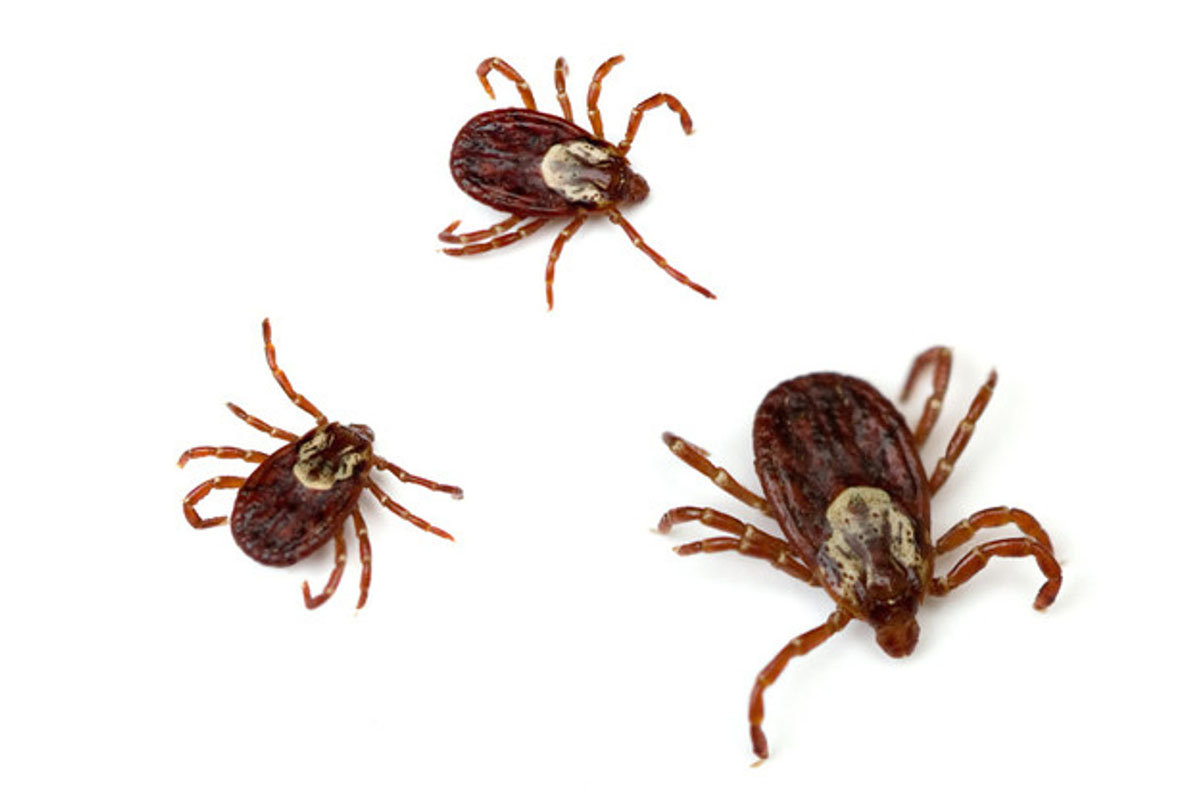

Paralysis ticks are found in a variety of habitats but are especially common in wet sclerophyll forests and temperate rainforests. They have very few predators, and are more likely to succumb to desiccation from high temperatures and low humidity. From the enormous numbers of eggs (2,500-3,000) deposited in the moist leaf litter by the female before she dies, only a fraction will survive and eventually grow to become adults. The six-legged larvae hatch after the eggs have incubated for 40-60 days. To moult to the next stage, the larval tick must obtain a blood meal.
In searching for a host, they display a behaviour referred to as ‘questing’, whereby the tick climbs up into the nearest vegetation and waves its forelegs to and fro slowly, hopefully contacting a prospective passing host. This is usually a native animal such as a bandicoot, which is the main host, but also possums, kangaroos and humans. This questing behaviour is undertaken each time a host is required for blood. Ticks usually do not climb higher than around 50cm in the vegetation and there is no evidence to suggest that they fall out of trees.
Once a suitable host is found, the larvae will blood feed for 4-6 days, drop from the host and moult to the eight-legged nymphal stage. Nymphs require a further blood meal for 4-8 days before moulting to the adult stage. Both female and male ticks quest for a host, but for different reasons: the female for a blood meal, the males to search the host for female ticks in order to mate and sometimes feed from them. Males may actually parasitise the female ticks by piercing their cuticle with their mouthparts to feed on her haemolymph (the tick’s blood) and up to 3-4 males have been found feeding on one female tick. Male ticks rarely bloodfeed on a host. The adult female Paralysis tick will feed for up to around 10 days, drop off the host and lay eggs over several weeks.





 Instagram
Instagram  LinkedIn
LinkedIn